Retro Replay Review
Gameplay
.hack//INFECTION delivers a unique single-player RPG experience by simulating the look and feel of a classic MMORPG. Players take on the role of Kite, exploring towns and dungeons as if they’re logging into a live server. The game incorporates traditional elements such as party formation, character classes, and a turn-based combat system, but adds an extra layer of immersion by allowing you to “call” other characters to see if they’re online for co-op play. Even though the other players are NPCs, the illusion of teaming up for quests and tackling world bosses is remarkably well executed.
(HEY YOU!! We hope you enjoy! We try not to run ads. So basically, this is a very expensive hobby running this site. Please consider joining us for updates, forums, and more. Network w/ us to make some cash or friends while retro gaming, and you can win some free retro games for posting. Okay, carry on 👍)
Side quests play a huge role in the gameplay loop, offering everything from fetching rare materials to taking down powerful fiends hidden in the depths of the Back Door server. Finding and trading weapons, armor, and accessories with other “players” adds a satisfying sense of progression. The ability to switch between multiple servers, each with its own unique layout and monster tables, keeps exploration fresh and encourages you to revisit familiar areas armed with better gear.
The hacking mechanic, unlocked via the mysterious Book of Twilight and the special gauntlet Kite receives early on, spices up standard dungeon crawling. Sealed floors can only be accessed by solving code-breaking puzzles or engaging newly discovered “virus” attacks, creating tense moments where combat and puzzle-solving merge. Even after the main storyline concludes, the game lets you carry on leveling and finding rare loot—perfect for completionists who want to prepare Kite for the sequel, .hack//MUTATION.
Graphics
On the PlayStation 2 hardware, .hack//INFECTION strikes a balance between stylized character models and atmospheric environments. Kite and his allies are rendered in bold, cel-shaded polygons that echo the anime aesthetic of .hack//Sign. Weapons and armor pieces have distinct silhouettes and color schemes, making it easy to spot at a glance whether you’ve equipped the latest drop or need to swap gear.
Environments range from bustling town squares, lined with message boards and merchant stalls, to the eerie, corrupted floors of “The World” where pixelated glitches ripple across the floor tiles. Although draw distances can be modest, clever use of fog and lighting hides loading transitions, preserving immersion. Dungeon corridors light up with crackling code streams whenever you activate a hacking sequence, giving every hack attempt visual flair.
Cutscenes are a highlight, blending pre-rendered movie sequences with in-engine character animations. These moments do a great job of advancing the plot without feeling like an abrupt departure from gameplay. Supporting this is an expressive UI that mimics an MMORPG dashboard: health bars, chat windows, and email prompts all contribute to the sensation that you’re plugged into a living, breathing online world.
Story
The narrative hook of .hack//INFECTION revolves around Kite’s introduction to “The World,” a groundbreaking online RPG. When Kite’s friend falls into a real-world coma after an encounter with a bizarre monster inside the game, Kite inherits a mysterious gauntlet and the Book of Twilight—items that grant new hacking abilities. From there, your mission is clear: unravel the cause of the comatose incident while exploring ever-deeper layers of the digital realm.
As you chase sightings of a strange, elusive girl through corrupted servers, the plot unfolds in a series of revelations about the CC Corporation’s hidden agenda. Conversations on message boards and in-game emails provide clues, fostering a sense of mystery and urgency. The pacing strikes a careful balance between plot-driven main quests and optional detours, ensuring the story never drags even as you level up or hunt for rare loot.
Fans of multimedia storytelling will appreciate the tie-ins with the .hack//Sign anime and the .hack//Liminality DVD episodes bundled with each game. These segments explore real-world events happening concurrently with your in-game adventures, enriching the overarching lore. For newcomers, .hack//INFECTION offers a self-contained mystery that sets the stage for the trilogy to follow, making it an excellent entry point into the series.
Overall Experience
.hack//INFECTION: Part 1 succeeds in delivering an engaging blend of RPG mechanics and online simulation that still feels fresh over a decade after its release. The game’s strong emphasis on exploration, hacking puzzles, and character customization ensures that no two play sessions are exactly alike. Whether you’re a veteran MMO enthusiast or a single-player RPG fan, you’ll find plenty of depth in the world of “The World.”
The audiovisual presentation, with its anime-style art direction and dynamic music cues, reinforces the sense that you’re inhabiting a live server populated by real players. Even occasional frame-rate dips and minor menu load times are overshadowed by the immersive UI design and seamless storytelling. By the time you complete the main storyline, you’ll likely be hooked on leveling Kite further and hunting down every lurking virus in the game.
With robust replay value, optional content galore, and a cliffhanger that leads directly into .hack//MUTATION, .hack//INFECTION stakes its claim as a must-play for RPG aficionados. The synergy between gameplay and transmedia elements—anime, DVDs, and the broader “.hack” narrative—creates an experience that rewards both dedicated gamers and lore hunters alike. If you’ve ever wondered what it’d be like to live inside an MMO without other human players, Kite’s adventure is the next best thing.
 Retro Replay Retro Replay gaming reviews, news, emulation, geek stuff and more!
Retro Replay Retro Replay gaming reviews, news, emulation, geek stuff and more!
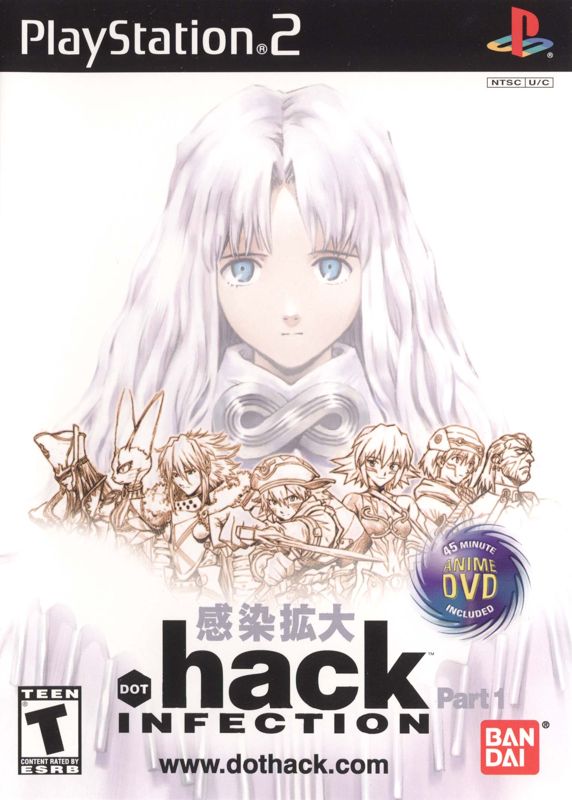
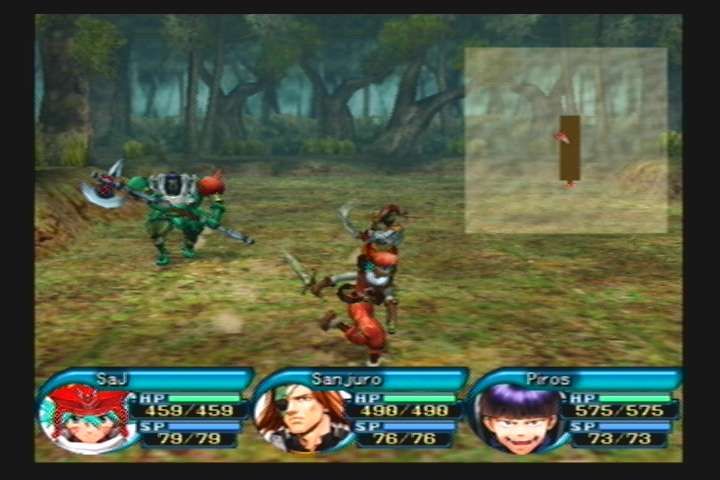

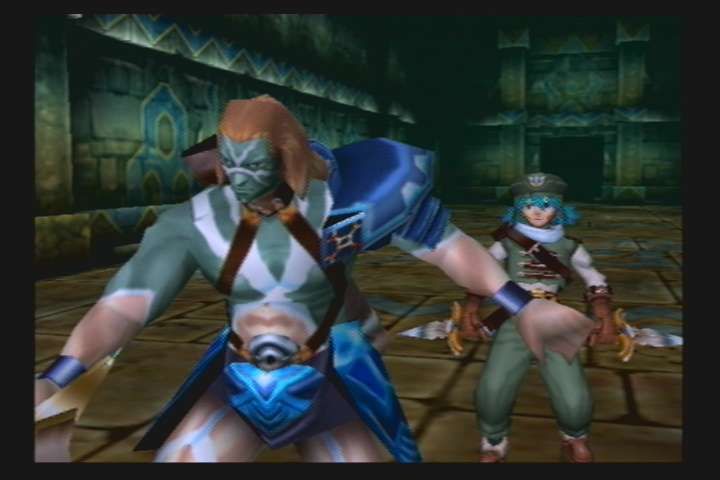
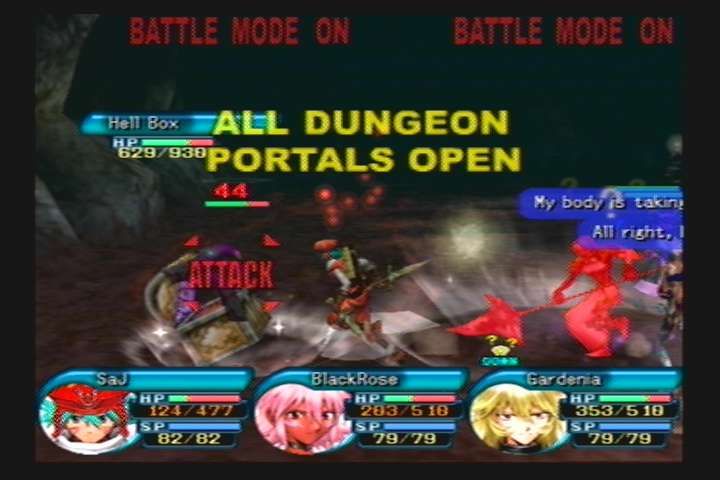
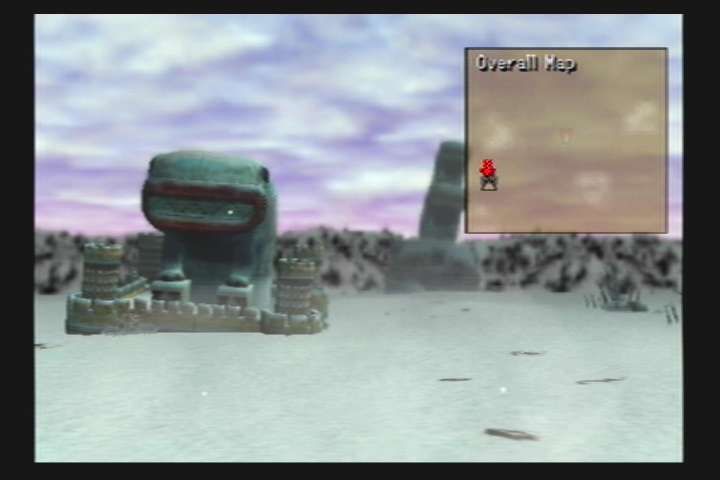



Reviews
There are no reviews yet.